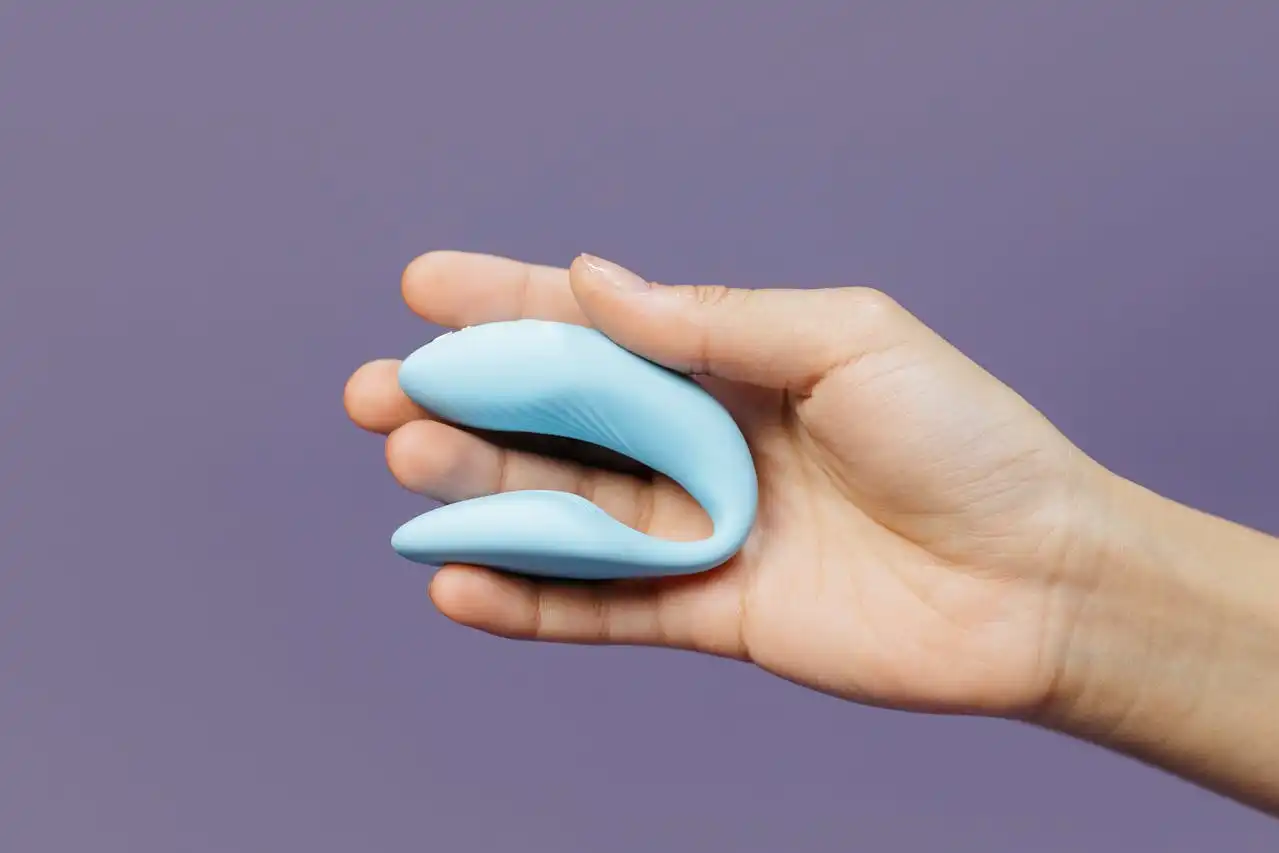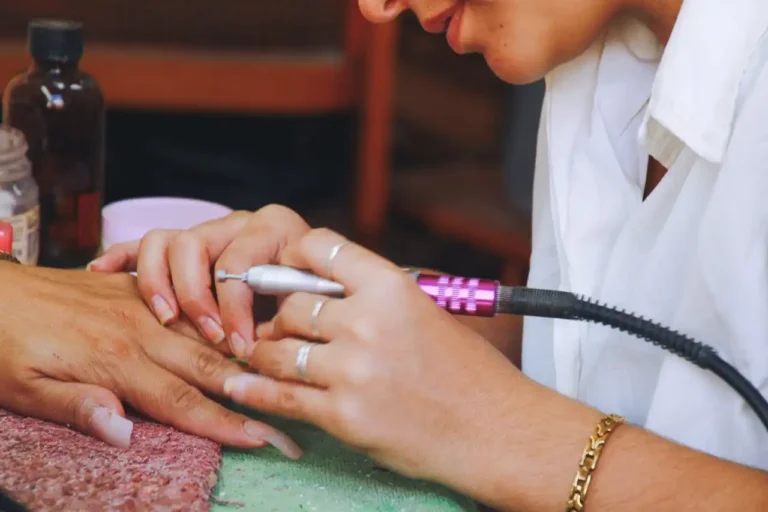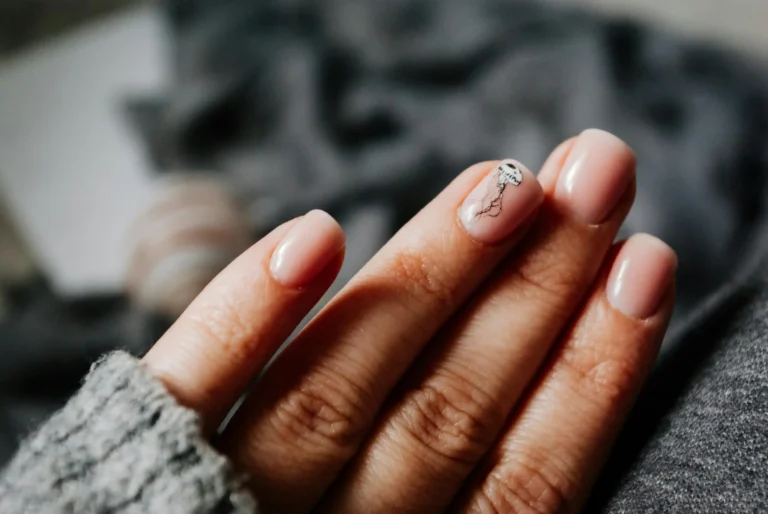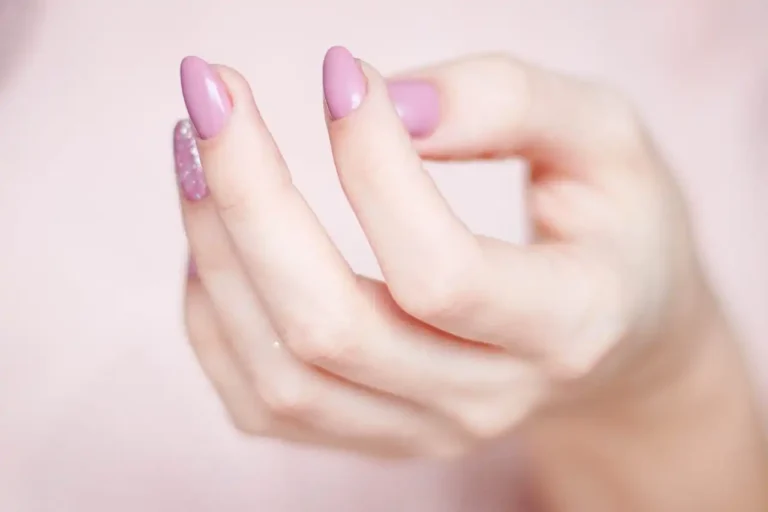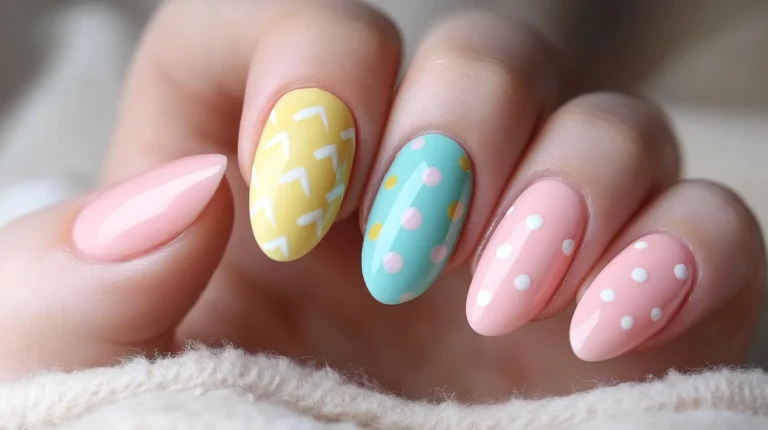How to Fix a Broken Nail Without Cutting It
You’ve just noticed that dreaded crack or tear in your perfectly manicured nail. Your first instinct might be to reach for the nail clippers, but wait!
You don’t have to sacrifice your nail length. Several simple techniques can save your broken nail and restore its strength without cutting it short.
The Tea Bag Method: Your Emergency Nail Savior
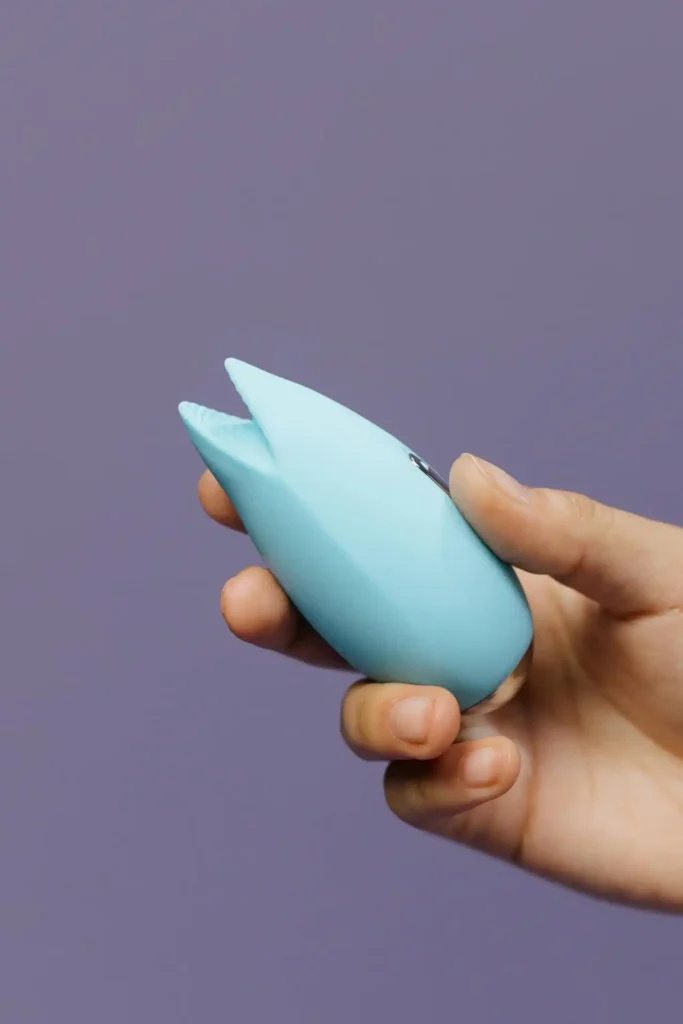
When you break a nail, one of the most effective emergency fixes involves something you probably have in your kitchen right now.
The tea bag method has saved countless nails from unnecessary trimming. Choose a tea bag with fine, smooth paper rather than thick, textured varieties.
Start by gathering a tea bag, nail glue or clear nail polish, scissors, and a nail file. You’ll use the tea bag’s thin paper as a patch to reinforce your broken nail.
Cut a small piece from the tea bag that’s slightly larger than your nail’s damaged area.
Remove all the tea leaves and ensure the paper is completely clean. The paper needs to be thin enough to blend seamlessly with your natural nail.
Apply a thin layer of nail glue or clear polish to the crack in your nail. While it’s still wet, gently place the tea bag paper over the damaged area.
Press down firmly but carefully to eliminate air bubbles. The paper should adhere smoothly to your nail surface.
Once the first layer dries completely, apply another coat of nail glue or clear polish over the tea bag paper.
This creates a strong, protective barrier that reinforces your nail. Allow this layer to dry thoroughly before proceeding to the next step.
File the edges of the patch gently to blend them with your natural nail. Use smooth, one-directional strokes to avoid creating additional damage. The goal is to make the repair invisible and seamless.
The Nail Glue Power Fix
Nail glue offers another powerful solution for broken nails that doesn’t require cutting.
This method works particularly well for clean breaks or small cracks that haven’t completely separated.
Clean your nail thoroughly with rubbing alcohol or nail dehydrator to remove oils and debris.
The glue needs a clean surface to create a strong bond. Make sure your hands are completely dry before starting the repair process.
Apply a small amount of nail glue directly to the crack or break. Hold the broken pieces together firmly for about 30 seconds.
Don’t use too much, as excess glue can create bumps and uneven surfaces. Spread the glue evenly using the applicator tip or a small brush.
Apply steady, gentle pressure to ensure proper bonding. Avoid moving your finger during this crucial bonding time, as movement can weaken the repair.
Allow the glue to cure for several minutes before testing the repair. The bond should feel solid and secure. If you notice any weakness, apply another thin layer of glue and repeat the holding process.
File and shape the repaired area carefully once the glue has completely hardened. Use a fine-grit nail file to smooth any rough edges or bumps created during the repair process.
Clear Nail Polish Reinforcement Technique
Clear nail polish serves as both a temporary fix and a strengthening treatment for damaged nails.
This method works best for minor cracks and surface damage that hasn’t penetrated deeply into the nail.
Start with completely clean, dry nails. Remove any existing polish and wash your hands thoroughly.
The clear polish needs direct contact with your natural nail to create an effective repair.
Apply a thin base coat of clear polish across your entire nail, paying special attention to the damaged area.
This creates a foundation for additional layers and helps the repair blend naturally with the rest of your nail.
While the base coat is still slightly tacky, apply a second layer directly over the crack or damaged area.
The polish will flow into the crack and create a protective seal. Allow each layer to dry completely before applying the next one.
Build up the damaged area with multiple thin coats rather than one thick application.
Thin layers dry more evenly and create a smoother, more durable repair. Apply three to five additional coats, depending on the severity of the damage.
Finish with a high-quality top coat to seal the repair and add extra strength. The top coat also helps blend the repair area with the rest of your nail, making the fix less noticeable.
The Medical Tape Quick Fix

When you need an immediate temporary solution, medical tape or even regular bandaids can provide emergency nail protection.
This method won’t create a permanent repair, but it prevents further damage until you can implement a more lasting solution.
Choose a high-quality medical tape that’s thin and flexible. Avoid thick, bulky tapes that will interfere with normal hand use.
The tape should be strong enough to hold your nail together but thin enough to allow natural movement.
Cut a piece of tape slightly larger than the damaged area of your nail. Replace the tape daily or whenever it begins to lift or loosen.
Round the corners to prevent the tape from catching on clothing or other objects. Sharp corners tend to lift and peel away quickly.
Clean the nail surface with alcohol to ensure proper adhesion. Place the tape carefully over the crack, pressing down firmly to eliminate air bubbles. Smooth the edges to prevent lifting.
This temporary fix allows you to maintain your activities while protecting the nail from further damage. Use this time to gather supplies for a more permanent repair method.
Professional Nail Wrap Solutions
Nail wraps offer a professional-quality repair option that you can apply at home. These specialized products create strong, lasting repairs that can withstand daily wear and tear.
Purchase nail wraps specifically designed for nail repair rather than decorative wraps.
Repair wraps use stronger adhesives and more durable materials that provide better protection for damaged nails.
Prepare your nail by removing all polish and cleaning thoroughly with alcohol or nail dehydrator.
Push back your cuticles and ensure the nail surface is completely smooth and clean. Leave a small margin around the edges for proper adhesion.
Cut the wrap to fit your nail size and shape. Most wraps come in various sizes, but you may need to trim them for a perfect fit.
Apply the wrap according to the manufacturer’s instructions, usually starting at the cuticle and smoothing toward the tip.
Eliminate air bubbles by pressing firmly and working from the center outward.
Trim excess wrap material with nail scissors, leaving just enough to wrap slightly under the nail tip. File the edges smooth and apply a base coat, polish, and top coat as desired.
Strengthening Your Nails for Future Protection
Prevention often proves more effective than repair when it comes to nail health. Building stronger, more resilient nails reduces your chances of experiencing breaks and tears in the future.
Incorporate nail-strengthening treatments into your regular beauty routine. Look for products containing biotin, keratin, or calcium, which help build stronger nail structure over time.
Apply these treatments according to package directions for best results. Dry, brittle nails break more easily than well-moisturized ones.
Keep your nails properly moisturized to prevent brittleness and cracking. Use cuticle oil daily and hand cream regularly to maintain nail flexibility.
Avoid using your nails as tools for opening packages, scraping labels, or other tasks that put stress on the nail structure.
These activities create weak spots that can develop into breaks over time. Maintain a balanced diet rich in proteins, vitamins, and minerals that support nail health.
Wear gloves when cleaning, gardening, or doing other activities that expose your nails to harsh chemicals or rough surfaces. Protection prevents damage before it occurs.
Consider taking supplements specifically formulated for nail strength if your diet lacks these essential nutrients.
Emergency Prevention Strategies
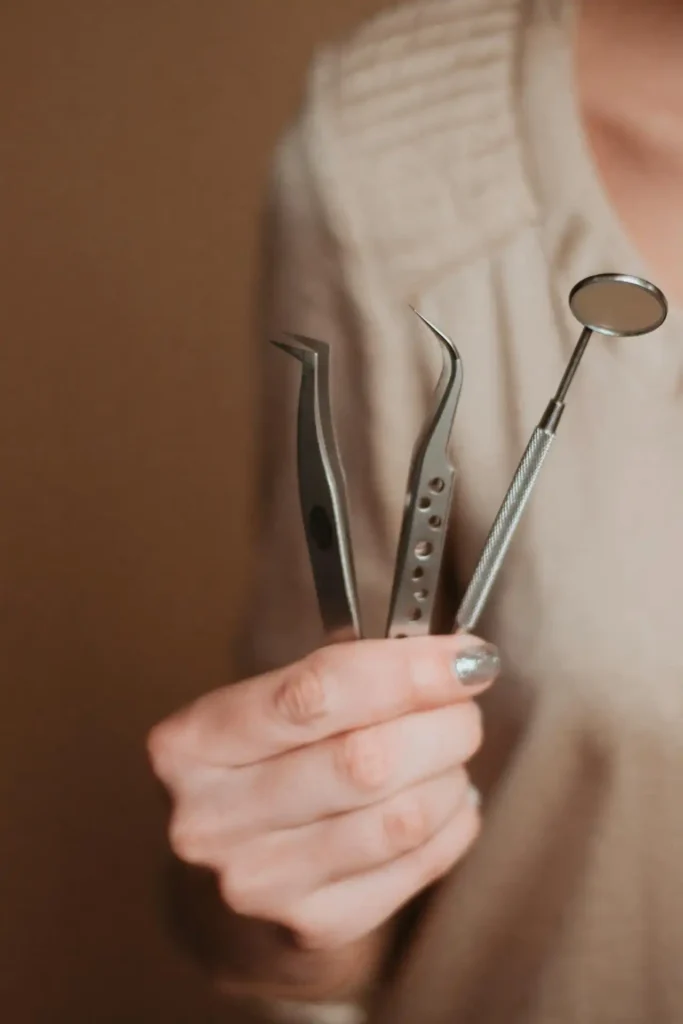
Smart daily habits can prevent many nail breaks before they happen. These simple strategies protect your nails during routine activities and reduce your risk of damage.
Keep a nail file handy to smooth small snags before they become major breaks. Address minor damage immediately to prevent it from worsening throughout the day.
Apply a strengthening base coat before your regular polish to add an extra layer of protection. This simple step can prevent minor impacts from causing significant damage.
Avoid sudden temperature changes that can make nails brittle and prone to breaking. Wear gloves in cold weather and avoid exposing your nails to extreme heat.
Schedule regular manicures to maintain nail health and catch potential problems early. Professional nail technicians can identify weak spots and recommend preventive treatments.
Conclusion
With these proven techniques, you can save your broken nail and maintain your desired length.
Choose the method that best suits your situation and available supplies for quick, effective results.

